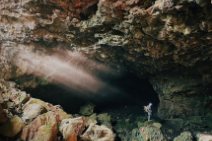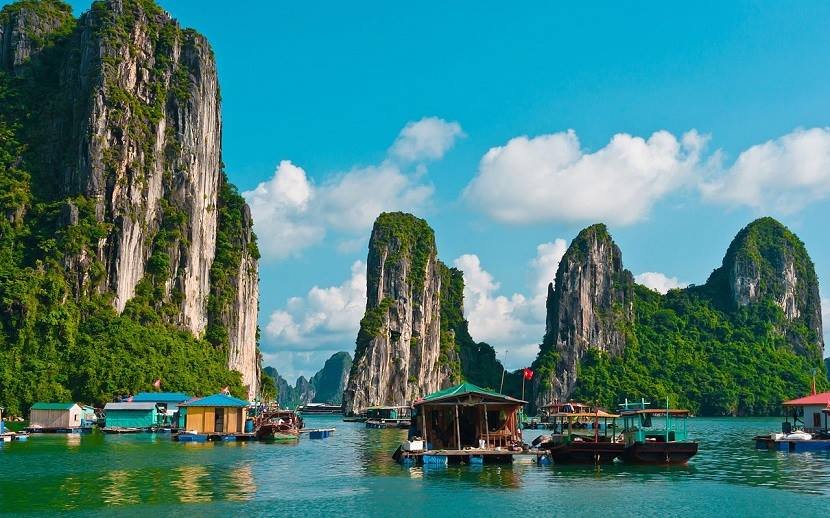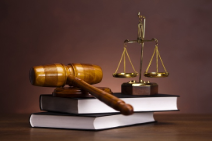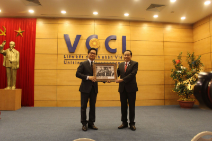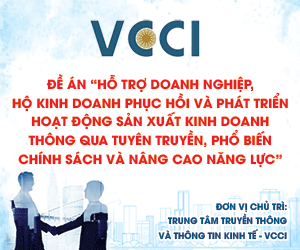Sustainable Development: A Long-Term Commitment of the Ba Ria-Vung Tau Area (HCM City)
With a long-term vision, the Ba Ria-Vung Tau area (HCM city) has not only focused on economic growth but also on environmental protection and improving the quality of life for its people.
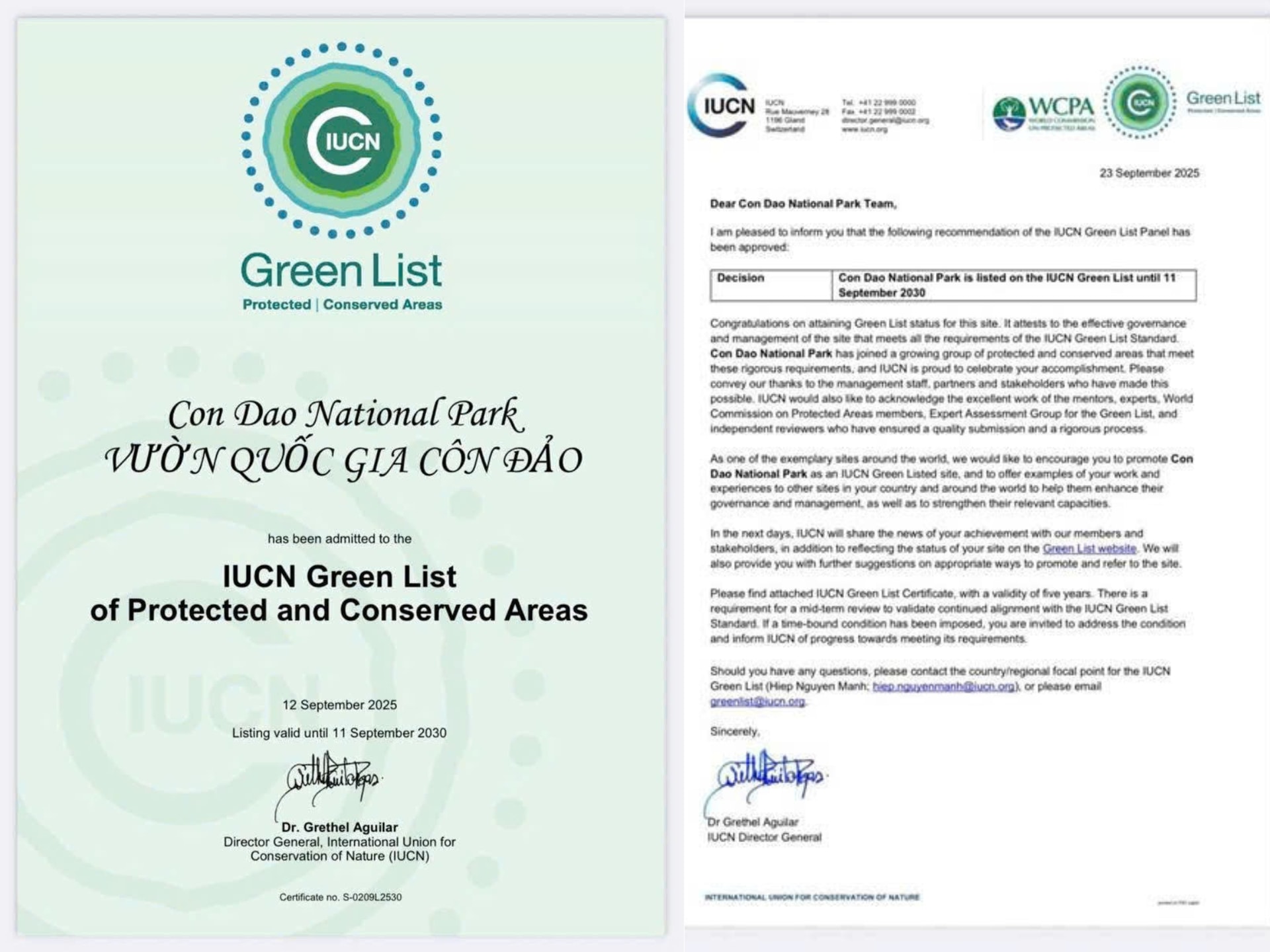
Con Dao National Park has been officially recognized by the International Union for Conservation of Nature (IUCN) in the Green List of Protected Areas and is being effectively managed.
In the context of the world facing increasing environmental, economic, and social challenges, the Ba Ria-Vung Tau area (Ho Chi Minh City) has been affirming their strong commitment to the goal of sustainable development.
Economic development associated with environmental protection
As a locality with strong industrial development, especially in the fields of oil and gas, seaports, and tourism, the Ba Ria-Vung Tau area (HCM city) has always understood the importance of economic development along with environmental protection. The local government has implemented many measures to control pollution, closely monitor industrial zones, and encourage businesses to apply clean technology and green production.
In addition, the Ba Ria-Vung Tau area (HCM city) has previously promoted the development of renewable energy, especially wind power and solar power, to reduce dependence on fossil energy sources and reduce greenhouse gas emissions.
Tourism was one of the key economic sectors of the Ba Ria-Vung Tau area (HCM City) in the past. In recent years, the Ba Ria-Vung Tau area (HCM city) has shifted to developing tourism in a sustainable, environmentally friendly, and culturally rich model. Investing in ecotourism areas, encouraging community tourism, and preserving historical and cultural relics not only creates livelihoods for local people but also contributes to preserving natural resources for future generations.
In addition to developing ecotourism and environmentally friendly resorts, the province also requires tourism projects to not encroach on forest, coastal, or sensitive ecological areas; Comply with regulations on green construction, use energy economically, and do not generate polluting waste.
Community tourism in Long Hai, Con Dao, Bung Rieng... are typical models for sustainable tourism development in the locality.
Sustainable development cannot lack the human factor. The Ba Ria-Vung Tau area (HCM City) has always focused on social security policies, improving the quality of education, health care, and sustainable poverty reduction. The health and education systems are increasingly invested in synchronously, aiming to build a fair, civilized, and progressive society.
The commitment to sustainable development of the Ba Ria - Vung Tau area (HCM city) in the past was not only demonstrated through the socio-economic development strategy but also through specific actions: planting trees, protecting mangrove forests, treating waste, developing green urban areas... Programs and action plans on climate change and green growth were integrated into the province's master plan.
With consistent strategic orientations and actions, the Ba Ria-Vung Tau area (HCM city) is gradually building the image of a dynamic, modern locality while still preserving its natural values and cultural identity. Sustainable development is not a destination but a long-term journey—and the Ba Ria-Vung Tau area (HCM city) is on the right track, with the consensus of the government, businesses, and people.
Environmental protection and sustainable development
The Ba Ria-Vung Tau area (HCM City), with industry, port, and tourism development, has clearly identified the importance of environmental protection as a vital element in its sustainable development strategy. Past efforts of Ba Ria-Vung Tau have shown a long-term commitment to harmonize economic growth and ecosystem preservation.
Since 2010, Ba Ria-Vung Tau has quickly identified the risks of pollution from industrial zones, especially in the chemical, petrochemical, and metallurgical industries. It has issued many strict regulations on environmental standards, requiring enterprises to build wastewater treatment systems that meet standards before discharging into the environment and install automatic monitoring systems and connect with the Department of Natural Resources and Environment for continuous monitoring. Conduct thorough and transparent environmental impact assessments (EIAs) right from the project planning stage.
With a diverse system of mangrove forests and coastal tidal flats, Ba Ria-Vung Tau has implemented many programs: planting and restoring mangrove forests in Long Son, Go Gang, and coastal areas of Con Dao...; preventing the leveling and conversion of coastal land use purposes without reason; and protecting the sea of Con Dao—one of the most important marine reserves in the country.
Cooperation projects with international organizations (such as JICA, WWF...) have helped improve local capacity in sustainable coastal resource management.
Management and improvement of waste treatment infrastructure
The Ba Ria-Vung Tau area (HCM city) has invested heavily in infrastructure for collecting and treating domestic and industrial waste: Implementing pilot waste classification at the source in some residential areas; Building a solid waste treatment plant using modern technology in Toc Tien, Chau Duc.
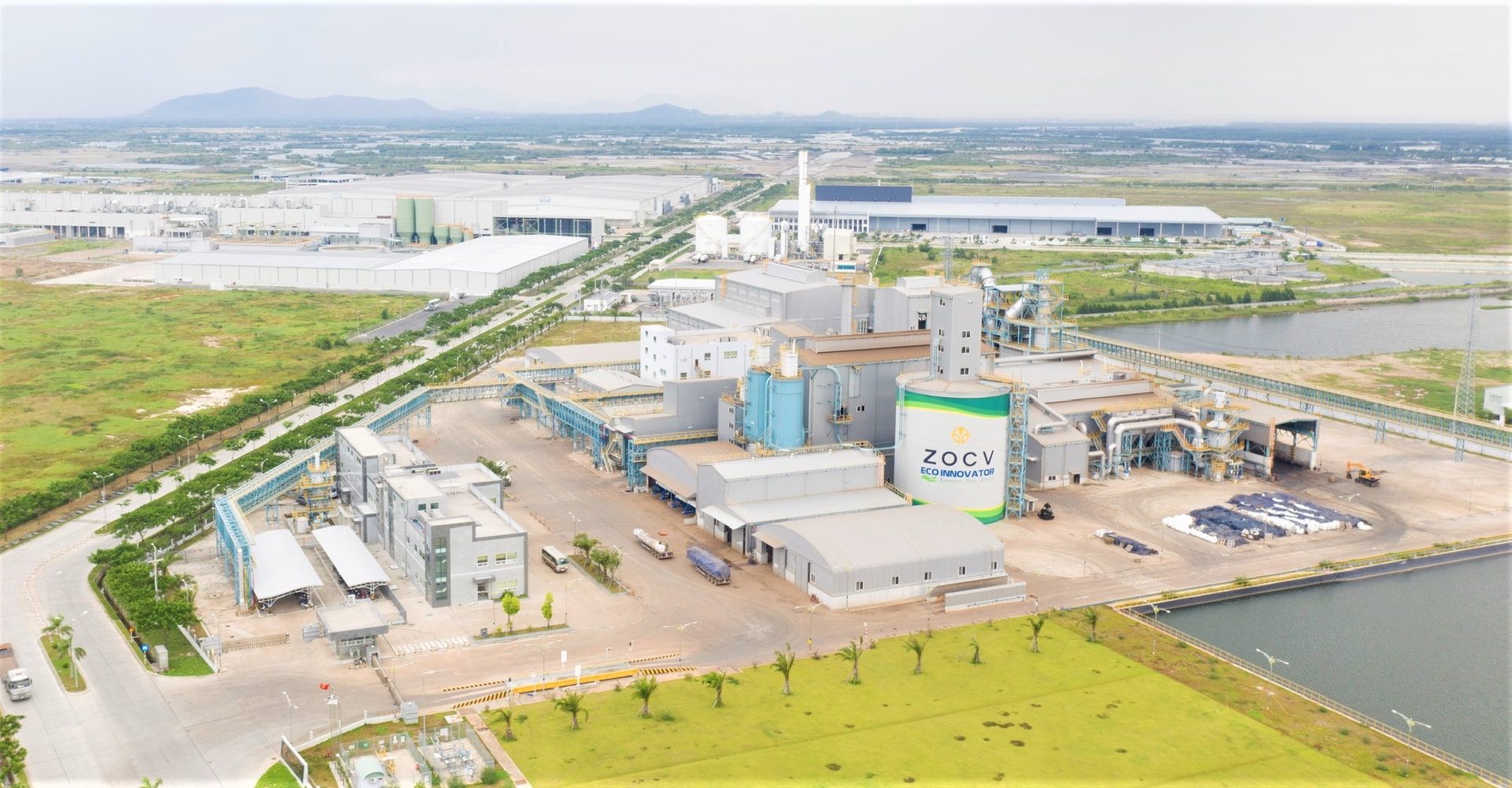
A corner of Phu My 3 specialized industrial park. Photo: Hong Dat/VNA
The Ba Ria-Vung Tau area (HCM City) has regularly organized environmental propaganda activities in schools, residential areas, and businesses while cooperating with international organizations in the field of environment and climate change adaptation and incorporating sustainable development content into the training programs of local schools and vocational training facilities.
From concrete actions in the past, Ba Ria - Vung Tau has laid a solid foundation for the current sustainable development strategy. These efforts not only improve the living environment but also contribute to enhancing the image of the province in the eyes of investors, tourists, and the international community.
Environmentally friendly investment projects
Solar power plants in Chau Duc and Xuyen Moc districts were invested in by many domestic and international enterprises, with a total capacity of hundreds of MW. These projects took advantage of arid land with low agricultural production efficiency to develop clean energy.
Research and planning for offshore wind power is being carried out in the Long Hai-Vung Tau area, expected to provide a stable source of energy and reduce carbon emissions.
The Cai Mep–Thi Vai green seaport project is one of the largest seaports in Southeast Asia. This seaport uses cranes and electrically operated equipment while deploying smart management systems to reduce congestion and fuel consumption and gradually applying zero-carbon logistics solutions.
Dat Do 1 and Phu My 3 Industrial Parks are planned according to the ecological industrial park model, prioritizing low-emission industries such as supporting industries, renewable energy equipment, precision mechanics, and biotechnology. Policies encourage businesses in the industrial park to convert old technologies to clean ones while supporting centralized waste treatment.
Modern waste and wastewater treatment projects such as the Toc Tien Waste Treatment Plant (Chau Duc) apply waste incineration technology to generate electricity, minimizing landfill and closed treatment. The Vung Tau Centralized Wastewater Treatment Plant Project treats domestic and industrial wastewater before discharging it into the sea, contributing to protecting the water quality of coastal areas.
Tourism projects such as Six Senses Con Dao, Ho Tram Strip, Melia Ho Tram, and Sanctuary Ho Tram are committed to building and operating according to green standards, using environmentally friendly materials, and limiting plastic waste. Reusing water, saving electricity. At the same time, resorts regularly organize activities to protect forests, beaches, and local communities.
To promote environmentally friendly projects, Ba Ria–Vung Tau (HCM City) has issued many preferential policies, such as prioritizing clean land funds for projects using high technology, renewable energy, and low emissions.
Environmentally friendly investment projects in Ba Ria-Vung Tau not only help reduce pressure on the ecosystem but also serve as a foundation for the transformation of the growth model from "quantity" to "quality and sustainability." With clear direction from the government and the support of the business community, the Ba Ria-Vung Tau area (HCM city) is gradually becoming the green development center of Southeast Vietnam.

